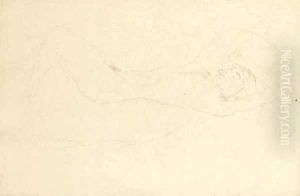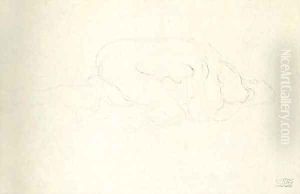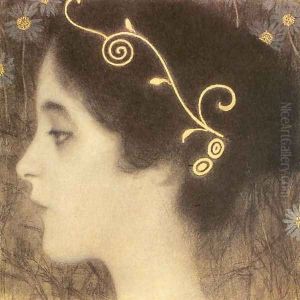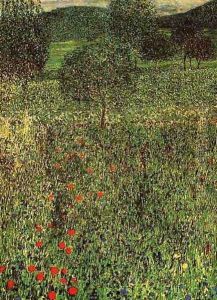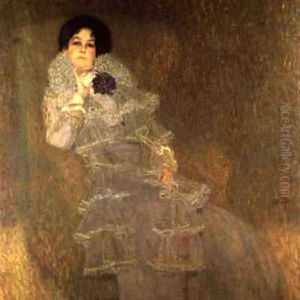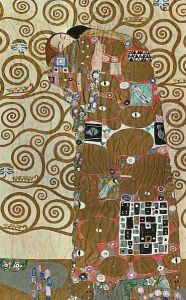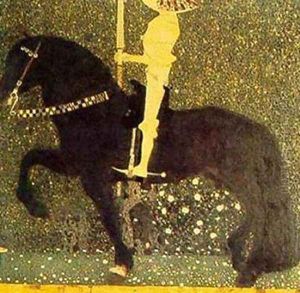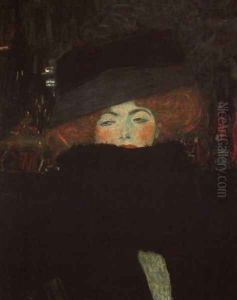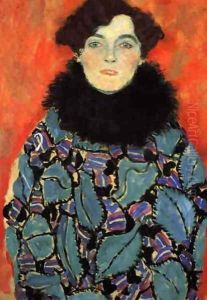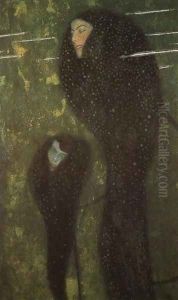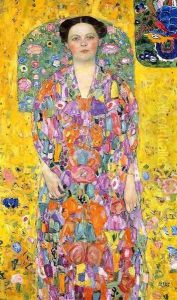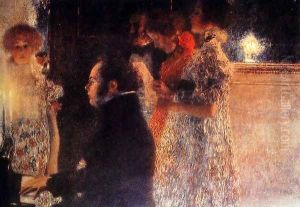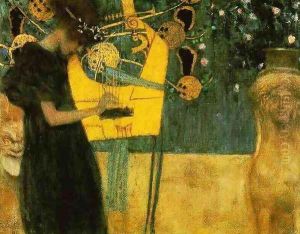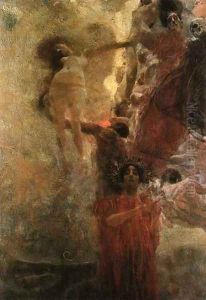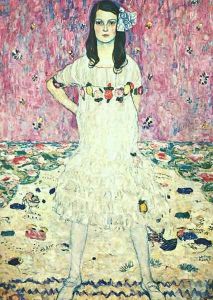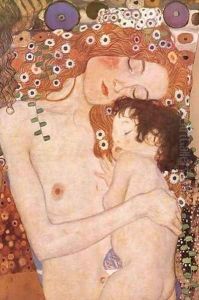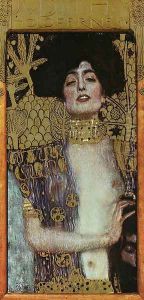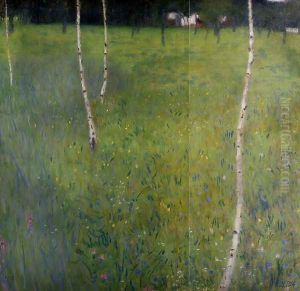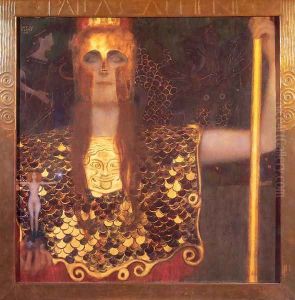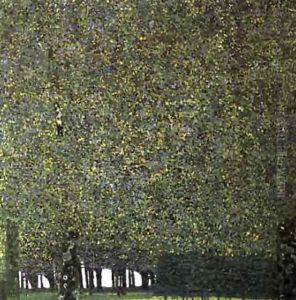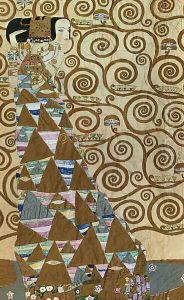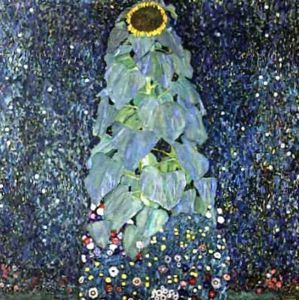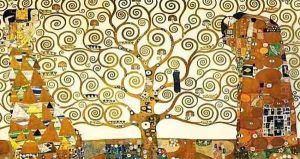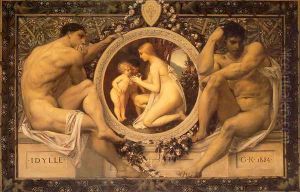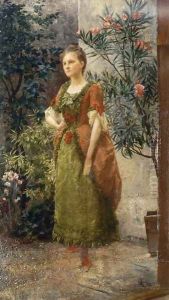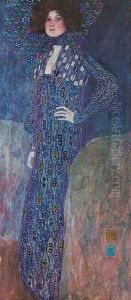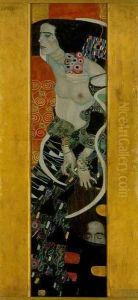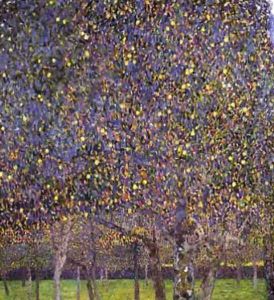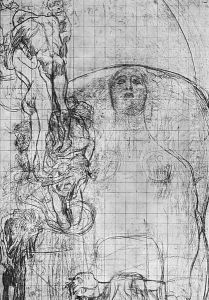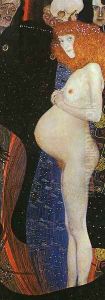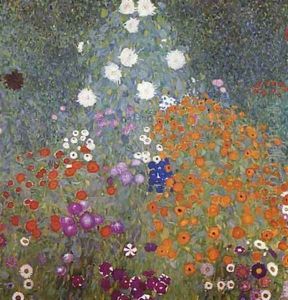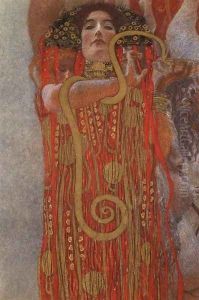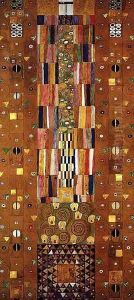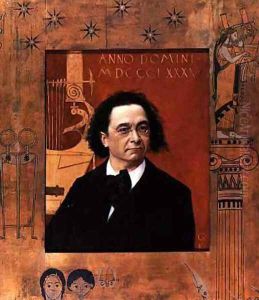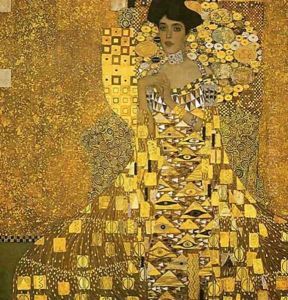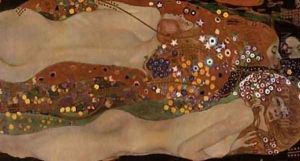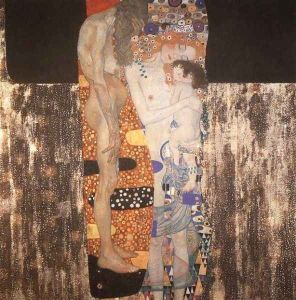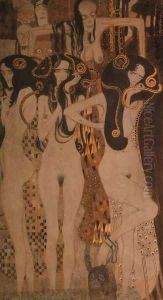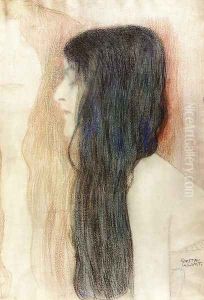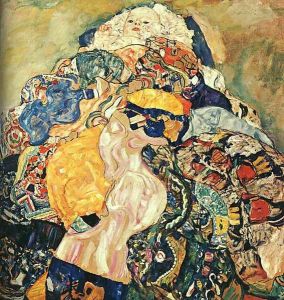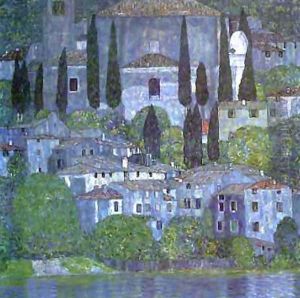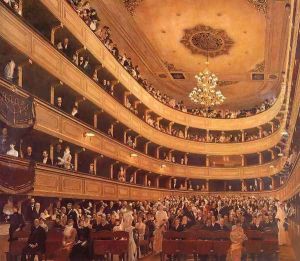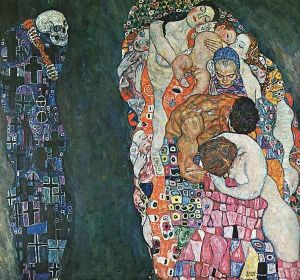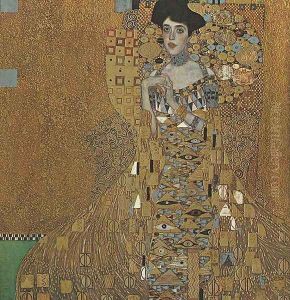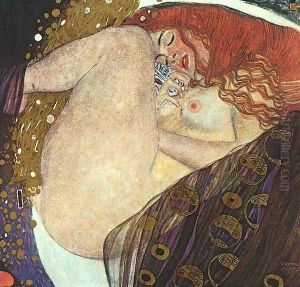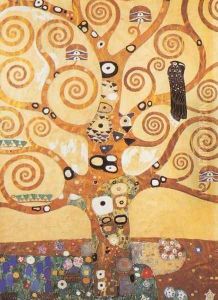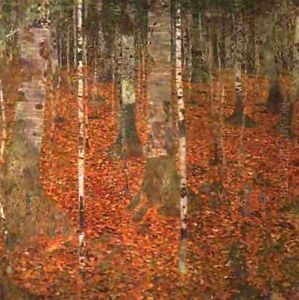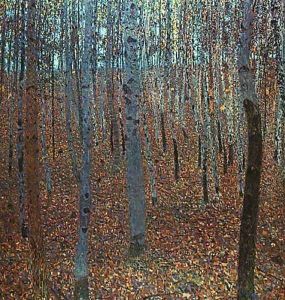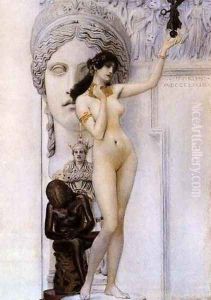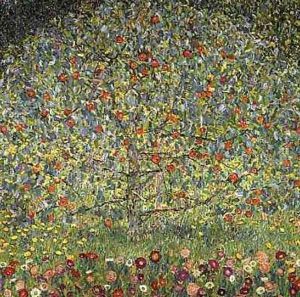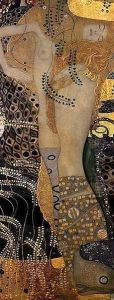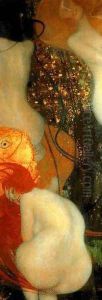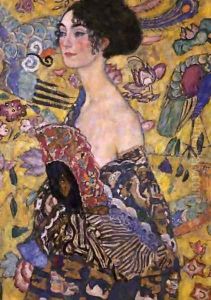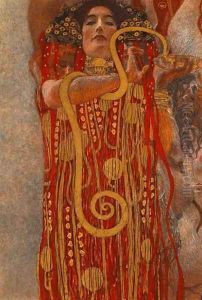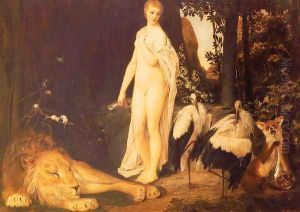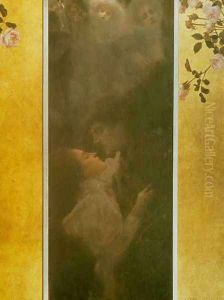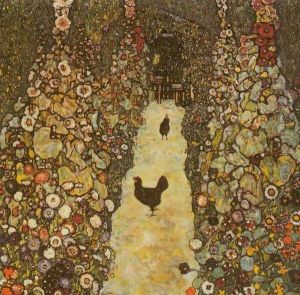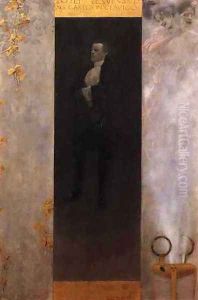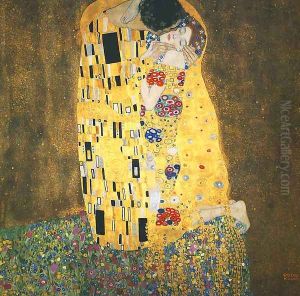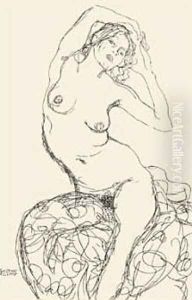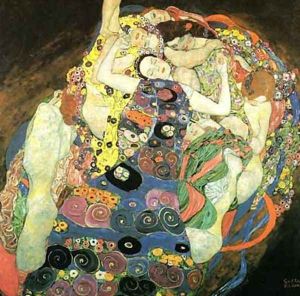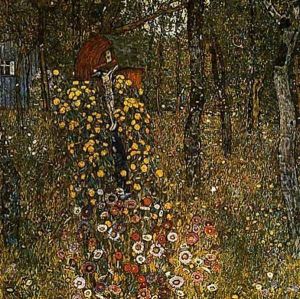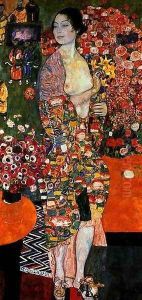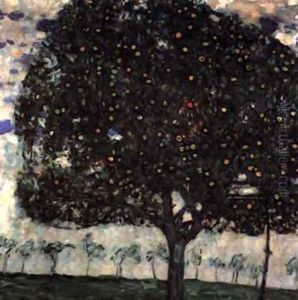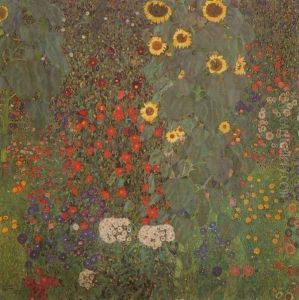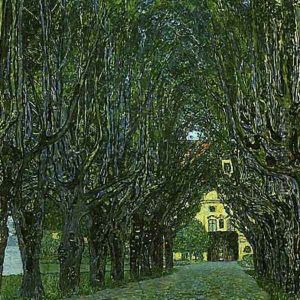Gustav Klimt Paintings
Gustav Klimt was an Austrian symbolist painter and one of the most prominent members of the Vienna Secession movement. Klimt was born in Baumgarten, near Vienna, in Austria-Hungary, on July 14, 1862. He was the second of seven children in a family of modest means, and he showed artistic talent at an early age. In 1876, he was awarded a scholarship to the Vienna School of Arts and Crafts, where he studied until 1883. During his education, he honed his skills in architectural painting, which became the mainstay of his early professional work.
Klimt began his career painting interior murals and ceilings in large public buildings on the Ringstraße, including a successful series of 'Allegories and Emblems'. In 1897, Klimt became one of the founding members and the first president of the Vienna Secession, a group of artists who sought to break away from the traditional academic art establishment. Through the Secession, he aimed to create new opportunities for young and unconventional artists and to bring the works of foreign artists to Vienna.
Klimt's style evolved significantly over his lifetime. His early work was in line with the academic painting of the day, but he gradually moved towards a more decorative and symbolic style. He is best known for his 'Golden Phase', which was marked by the use of gold leaf in his paintings and characterized by ornamental eroticism, often focusing on the female body. His most famous work from this period is 'The Kiss' (1907-1908), which depicts a couple embracing, their bodies entwined in elaborate robes adorned in a gold and floral pattern.
Throughout his career, Klimt also painted landscapes, although these works are less well-known compared to his figurative pieces. His landscape paintings often feature an almost abstract use of color and pattern, showing the influence of Japanese prints and Impressionist art.
Klimt never married but is believed to have fathered at least fourteen children. His personal life was kept private, and he avoided public attention, focusing on his art and his close friendships with other artists and intellectuals. His work was often controversial, particularly his 'Faculty Paintings' created for the University of Vienna, which were criticized for their radical departure from traditional academic painting and their explicit sensuality.
Gustav Klimt died on February 6, 1918, in Vienna, from pneumonia following a stroke. His death came at a time when the world was already engulfed by World War I, an event that marked the end of an era and the decline of the Habsburg Empire. Klimt's work has since been recognized as a crucial bridge between 19th-century Symbolism and Modernism and continues to be celebrated for its beauty, intricacy, and bold exploration of sexuality and the human psyche.
